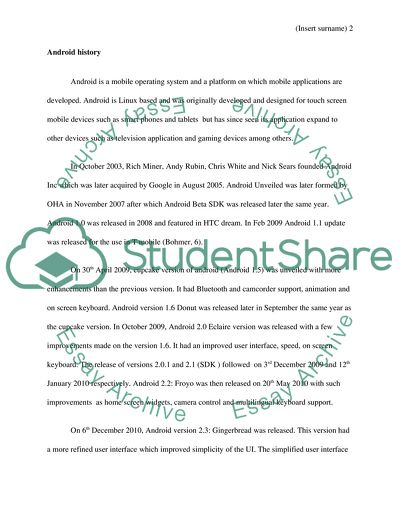Cite this document
(How to Build an Android Application Essay Example | Topics and Well Written Essays - 1750 words, n.d.)
How to Build an Android Application Essay Example | Topics and Well Written Essays - 1750 words. https://studentshare.org/design-technology/1800001-how-to-build-an-android-application
How to Build an Android Application Essay Example | Topics and Well Written Essays - 1750 words. https://studentshare.org/design-technology/1800001-how-to-build-an-android-application
(How to Build an Android Application Essay Example | Topics and Well Written Essays - 1750 Words)
How to Build an Android Application Essay Example | Topics and Well Written Essays - 1750 Words. https://studentshare.org/design-technology/1800001-how-to-build-an-android-application.
How to Build an Android Application Essay Example | Topics and Well Written Essays - 1750 Words. https://studentshare.org/design-technology/1800001-how-to-build-an-android-application.
“How to Build an Android Application Essay Example | Topics and Well Written Essays - 1750 Words”. https://studentshare.org/design-technology/1800001-how-to-build-an-android-application.


